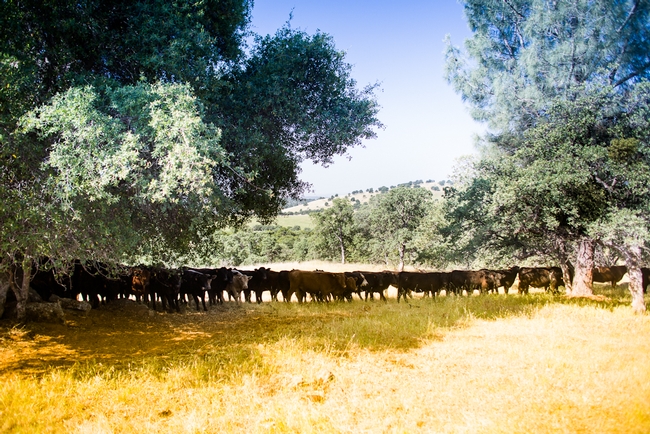As many know all too well, invasive plants are one of the greatest threats to rangelands due to competition with native species, reduced forage quality for livestock and wildlife, and multiple other ecological factors. One particular invasive grass known as medusahead (Taeniatherum caput-medusae) is extremely widespread in rangelands across the western states. As an aggressive winter annual that can quickly infest ranches, medusahead has been the focus of numerous research projects. Ecologist and researcher Erica Spotswood of the Katharine Suding Lab at the University of California, Berkeley, has an ongoing project involving medusahead dispersal vectors, climatic conditions enhancing species spread, and the impacts of livestock grazing on medusahead populations.
While data is still being collected and analyzed, Spotswood shared some observations from the research conducted thus far. “We do not yet know the effects of grazing, but results from our first year of data indicate that medusahead does well in places with higher soil moisture, and with more grass cover. We also know from some experiments that cows can definitely move seeds around. The seeds attach to their fur, but don't stay on very long, and they probably drop most of them within the first 20 feet of picking them up,” said Spotswood.
Check out the video for details!
For more information visit:
Dispersal Vectors and Risk Assessment of Noxious Weed Spread
Suding Lab
